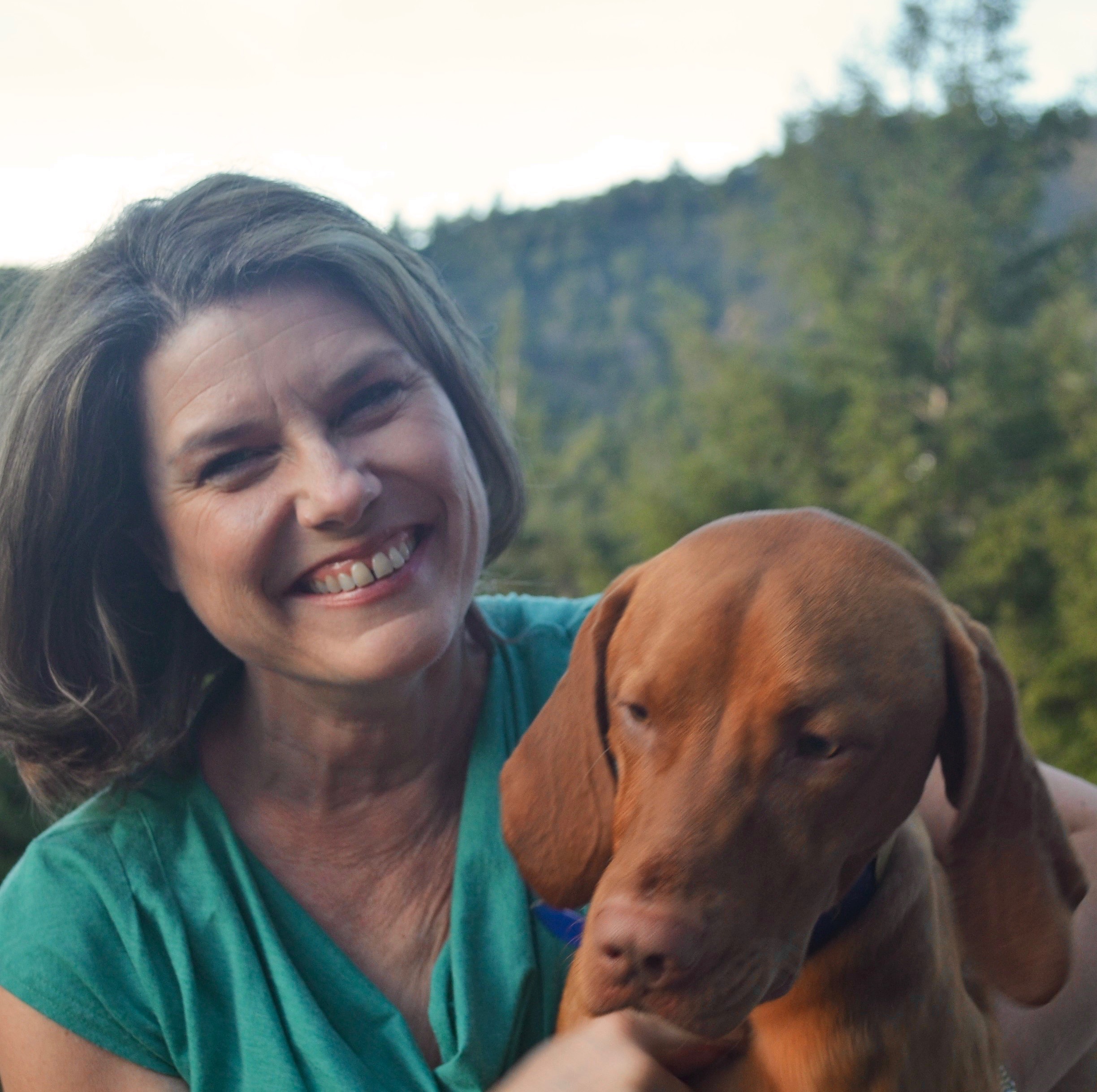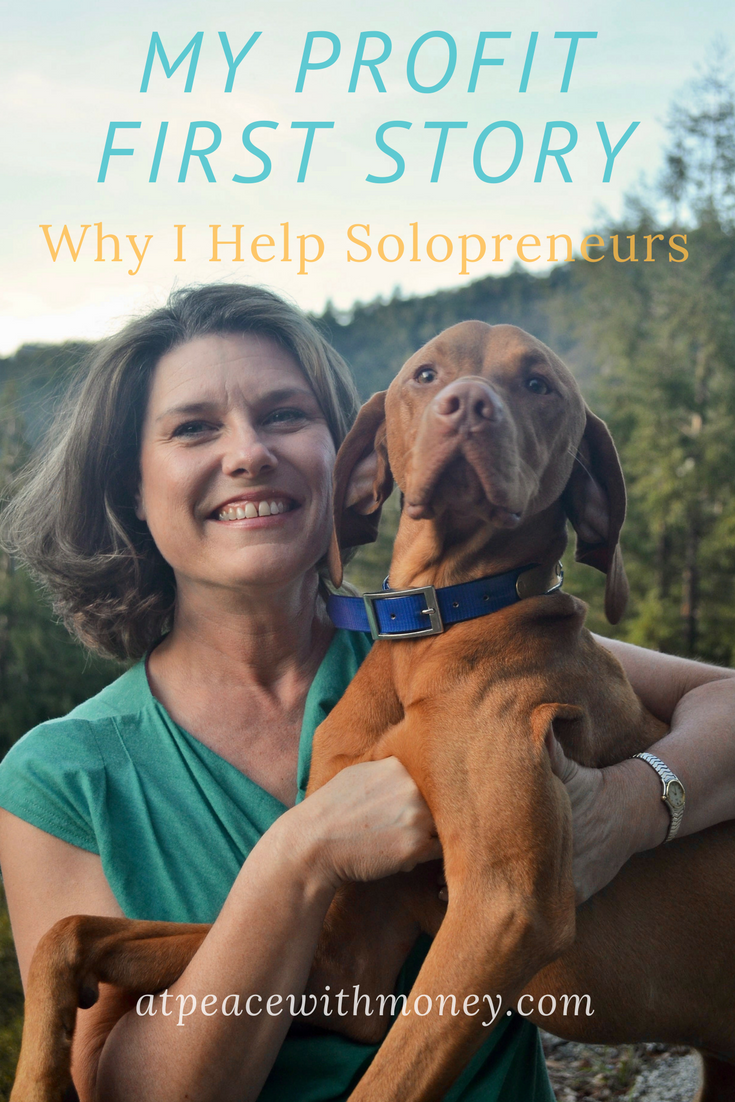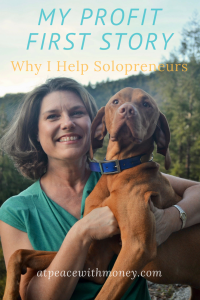The Possibilities of Rejection Therapy

Everyone dislikes rejection. So the thought of “rejection therapy” may seem less than enticing at first. But when I came across this idea, I immediately thought of how useful this could be for solopreneurs. How so? By helping us learn to make the big asks!
Learning to Love “No”
In a recent podcast episode, Hillary Hendershott featured Alex Grodnik, an investment banker turned entrepreneur who discussed “Rejection Therapy”. His therapy practice is simple: every day he asks for something and tries to get a “no” answer. This regular practice desensitizes him to rejection, and makes it easier for him to ask for what he wants. I think this is a great exercise for any of us: we all need a little help in asking for what we want!
Make the Ask
Rejection therapy is really about encouraging you to make the ask, and remember that the worst case scenario is hearing “no”. Once you’re desensitized to that outcome, it doesn’t feel nearly as scary as it used to! What are some things related to your business that you’ve been wanting to ask for? Maybe this issue comes up for you when you’re negotiating your rates, or looking for new clients, or cutting a deal with someone. Think about the big asks you’ve been needing to make. What if you just made them?
 My best ask ever was getting to visit bead makers in Murano, Italy, when I was running my jewelry business. I was planning a trip to Italy, when I realized I would be very near the studio that the beads I used to make my jewelry came from. I had practiced bead making for a little while at that point, and my heart leapt at the thought of getting to visit and observe master bead makers. Before the trip, I reached out to them and they enthusiastically encouraged me to come to their studio. I even got to use their equipment and make beads along with them! If I hadn’t asked, I wouldn’t have had that experience. Making the ask made all the difference.
My best ask ever was getting to visit bead makers in Murano, Italy, when I was running my jewelry business. I was planning a trip to Italy, when I realized I would be very near the studio that the beads I used to make my jewelry came from. I had practiced bead making for a little while at that point, and my heart leapt at the thought of getting to visit and observe master bead makers. Before the trip, I reached out to them and they enthusiastically encouraged me to come to their studio. I even got to use their equipment and make beads along with them! If I hadn’t asked, I wouldn’t have had that experience. Making the ask made all the difference.
Can you think of a time when you made a big ask that worked out well? Think of the positive impact it made on your life. Asking is important! I encourage you to try out rejection therapy and work on asking for what you want and need. It will only help your business, and help you achieve your dreams! If you find you need some guidance or coaching, check out my packages under my Services page.
☮
Angela
Image Sources: Katerina Radvanska, Jeremy Galliani





 As someone who’s been involved with finance throughout my career, I love hearing about and researching new financial ideas. When I came across
As someone who’s been involved with finance throughout my career, I love hearing about and researching new financial ideas. When I came across  ur spiritual needs, etc.Which of these needs is your business meeting? Which ones are not being met, and how could you adapt your business to better serve you in that area? What are your goals? Is your business helping you meet those? Answering these questions can help you discover whether your business is truly supporting you in all the ways it could. Approaching your business with a creative eye can help you create something more supportive. That’s Profit First in action!
ur spiritual needs, etc.Which of these needs is your business meeting? Which ones are not being met, and how could you adapt your business to better serve you in that area? What are your goals? Is your business helping you meet those? Answering these questions can help you discover whether your business is truly supporting you in all the ways it could. Approaching your business with a creative eye can help you create something more supportive. That’s Profit First in action!

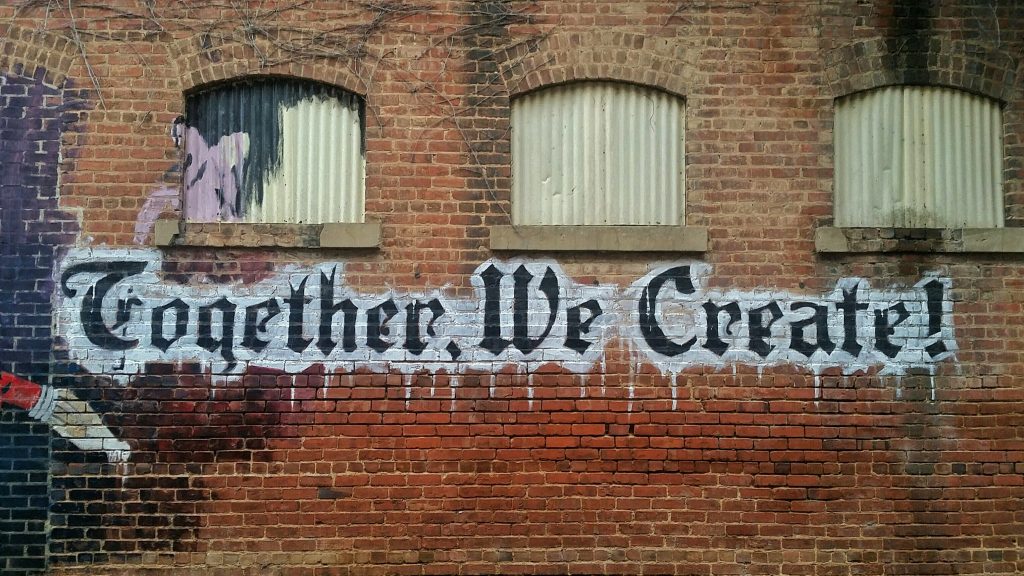 As a solopreneur, you have a huge amount of control over your business. You get to make all the decisions, whether they’re creative decisions, financial decisions, or simply what kind of stamps to get at the post office. But what do you do when you need to bounce ideas off someone? Who do you turn to when you could benefit from another’s wisdom? The solopreneur’s work life can easily become isolated. That’s why it’s important to reach out to others and find a mentor! Someone who can help you solve problems, make decisions, and refine your ideas can be immensely helpful to your business, especially if that person is experienced and knowledgeable.
As a solopreneur, you have a huge amount of control over your business. You get to make all the decisions, whether they’re creative decisions, financial decisions, or simply what kind of stamps to get at the post office. But what do you do when you need to bounce ideas off someone? Who do you turn to when you could benefit from another’s wisdom? The solopreneur’s work life can easily become isolated. That’s why it’s important to reach out to others and find a mentor! Someone who can help you solve problems, make decisions, and refine your ideas can be immensely helpful to your business, especially if that person is experienced and knowledgeable.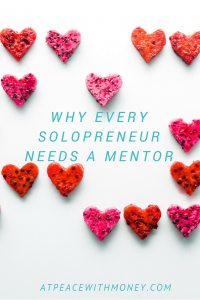 If you’re looking for expertise or need answers to big questions, taking an online course or seeking out a coach or specialist might be your best bet.
If you’re looking for expertise or need answers to big questions, taking an online course or seeking out a coach or specialist might be your best bet. 
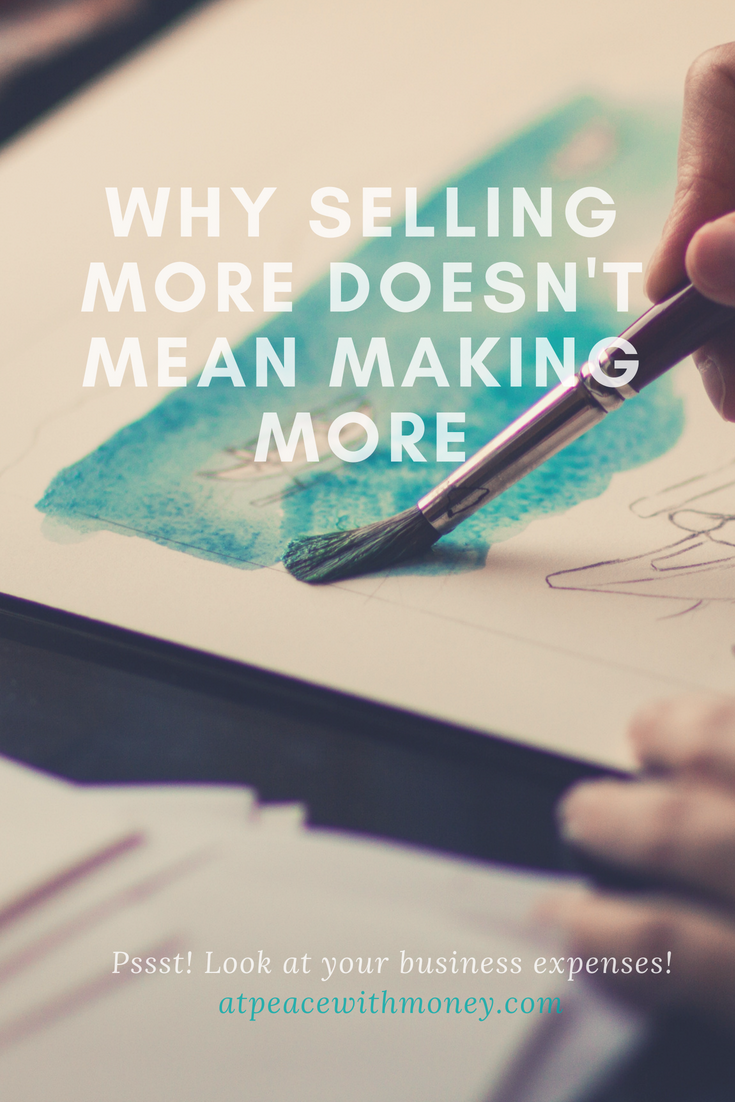

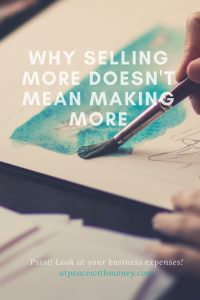
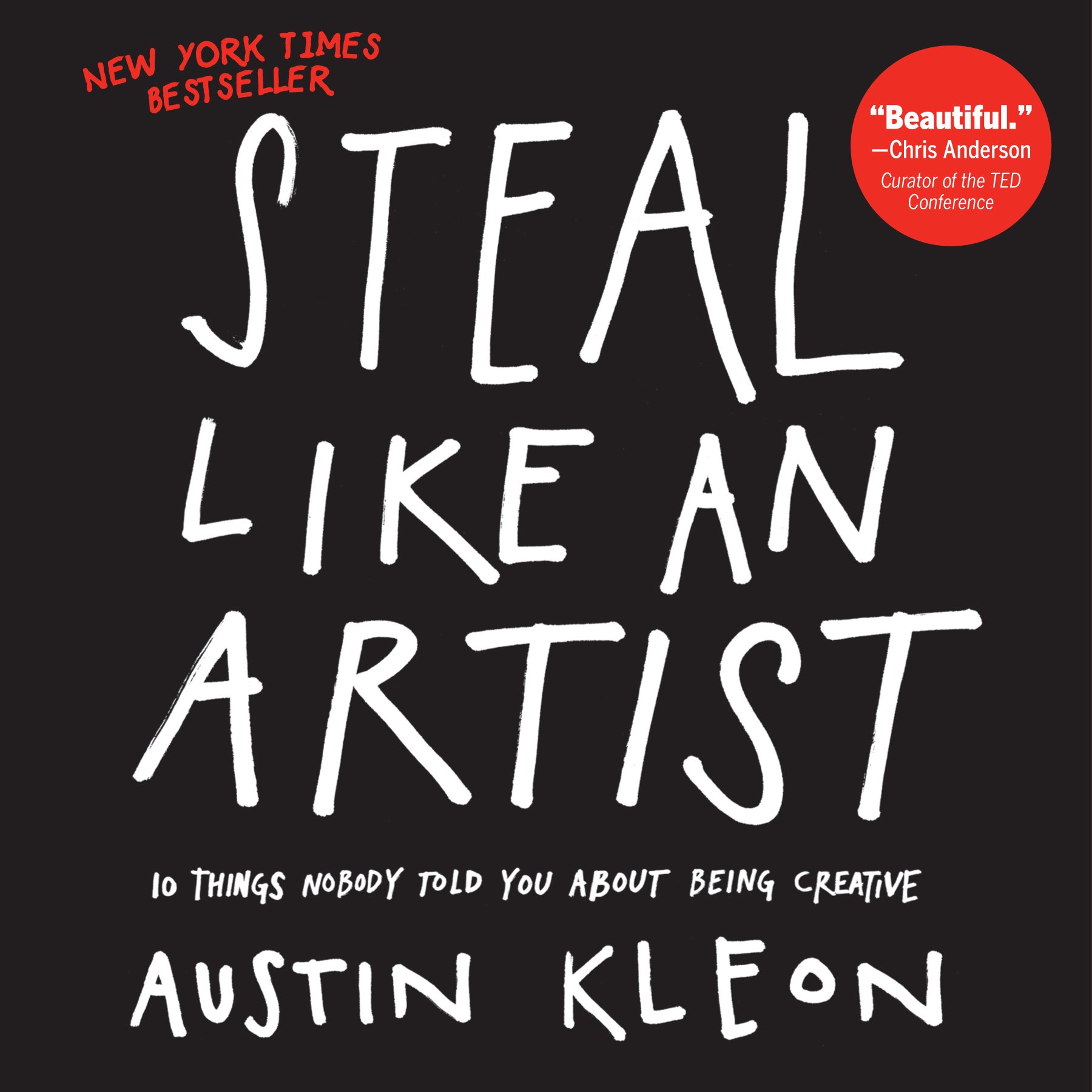

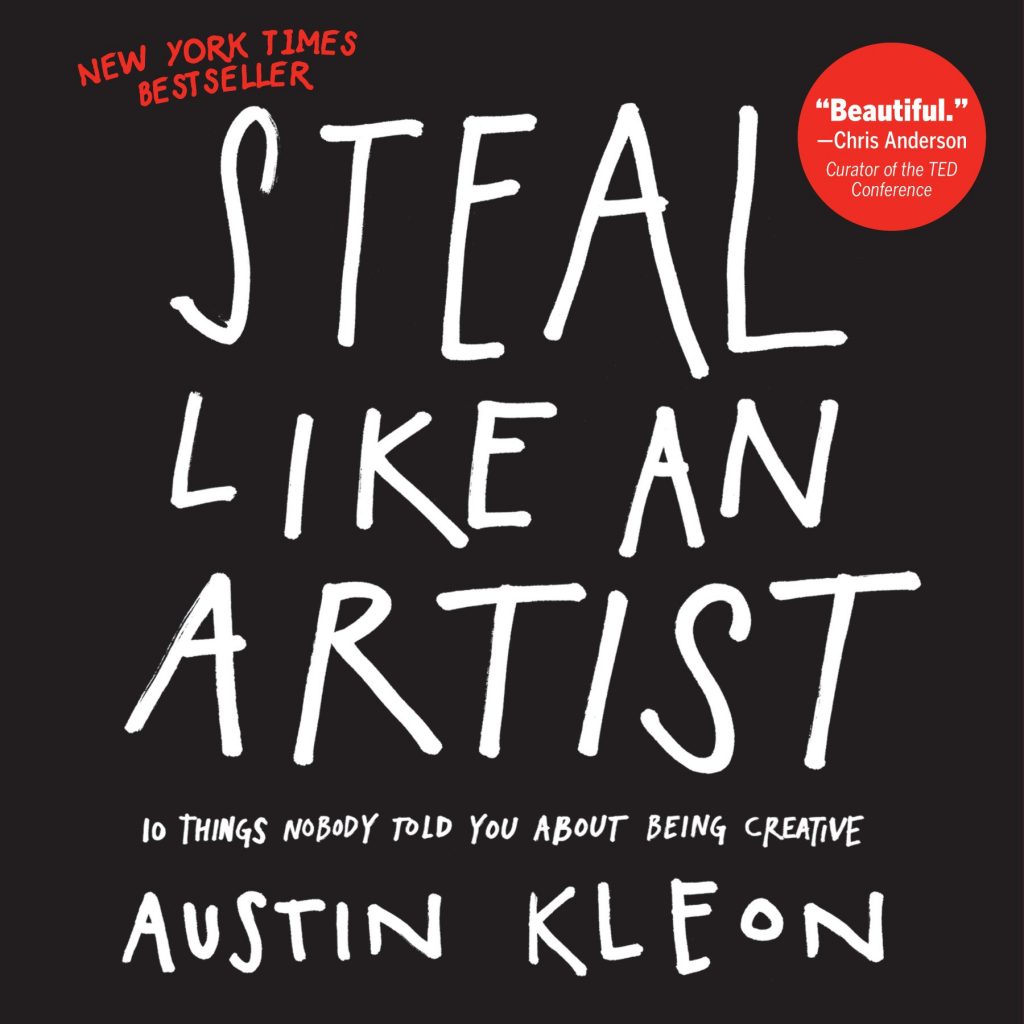 There are so many good books out there that could benefit solopreneurs and people looking to educate themselves about personal finance. I’m an avid reader myself, and lately I’ve been devouring books on the subjects of small business, finance, and retirement. I thought it may be useful to you all to hear about my reading discoveries, so I’m sharing a book review of one of my most recent reads,
There are so many good books out there that could benefit solopreneurs and people looking to educate themselves about personal finance. I’m an avid reader myself, and lately I’ve been devouring books on the subjects of small business, finance, and retirement. I thought it may be useful to you all to hear about my reading discoveries, so I’m sharing a book review of one of my most recent reads, 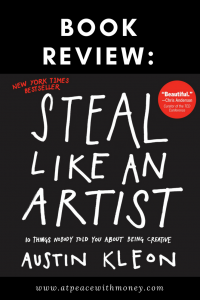 very morning. On the walk, I notice if I am not listening to podcasts or messing with my phone, I tend to come up with a lot of ideas at this time. Getting away from digital distractors is an equally important piece of the creative process.
very morning. On the walk, I notice if I am not listening to podcasts or messing with my phone, I tend to come up with a lot of ideas at this time. Getting away from digital distractors is an equally important piece of the creative process.
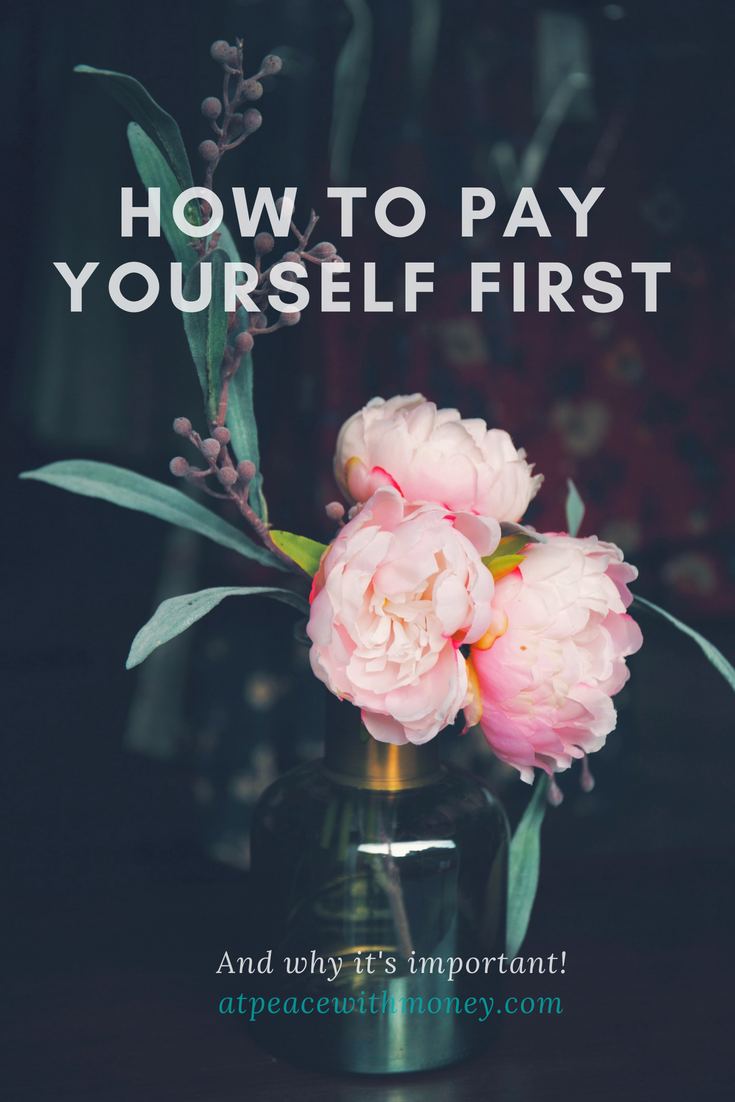
 I use the hashtag #PayYourselfFirst all the time, but what does it really mean to pay yourself first? It’s a core aspect of Profit First philosophy. It’s also an important part of how I organize my own personal finances. I want to make sure all my readers know how to pay themselves first, in their business and personal finances, so let’s dive in.
I use the hashtag #PayYourselfFirst all the time, but what does it really mean to pay yourself first? It’s a core aspect of Profit First philosophy. It’s also an important part of how I organize my own personal finances. I want to make sure all my readers know how to pay themselves first, in their business and personal finances, so let’s dive in.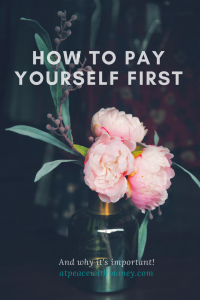

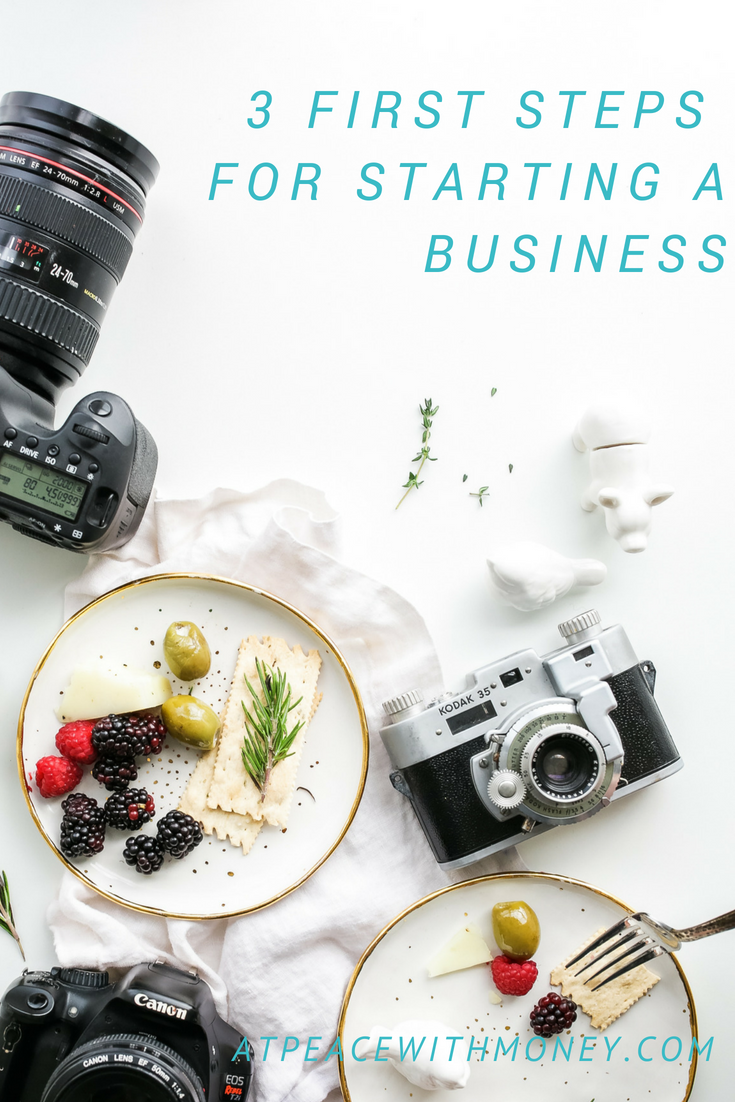

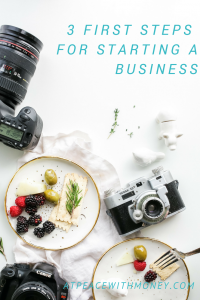 While you’re nailing down the banking details of your new business, make sure you also create a money system for yourself. Have a plan to pay off your expenses and also pay yourself. My recommendation, of course, is Profit First, which
While you’re nailing down the banking details of your new business, make sure you also create a money system for yourself. Have a plan to pay off your expenses and also pay yourself. My recommendation, of course, is Profit First, which 